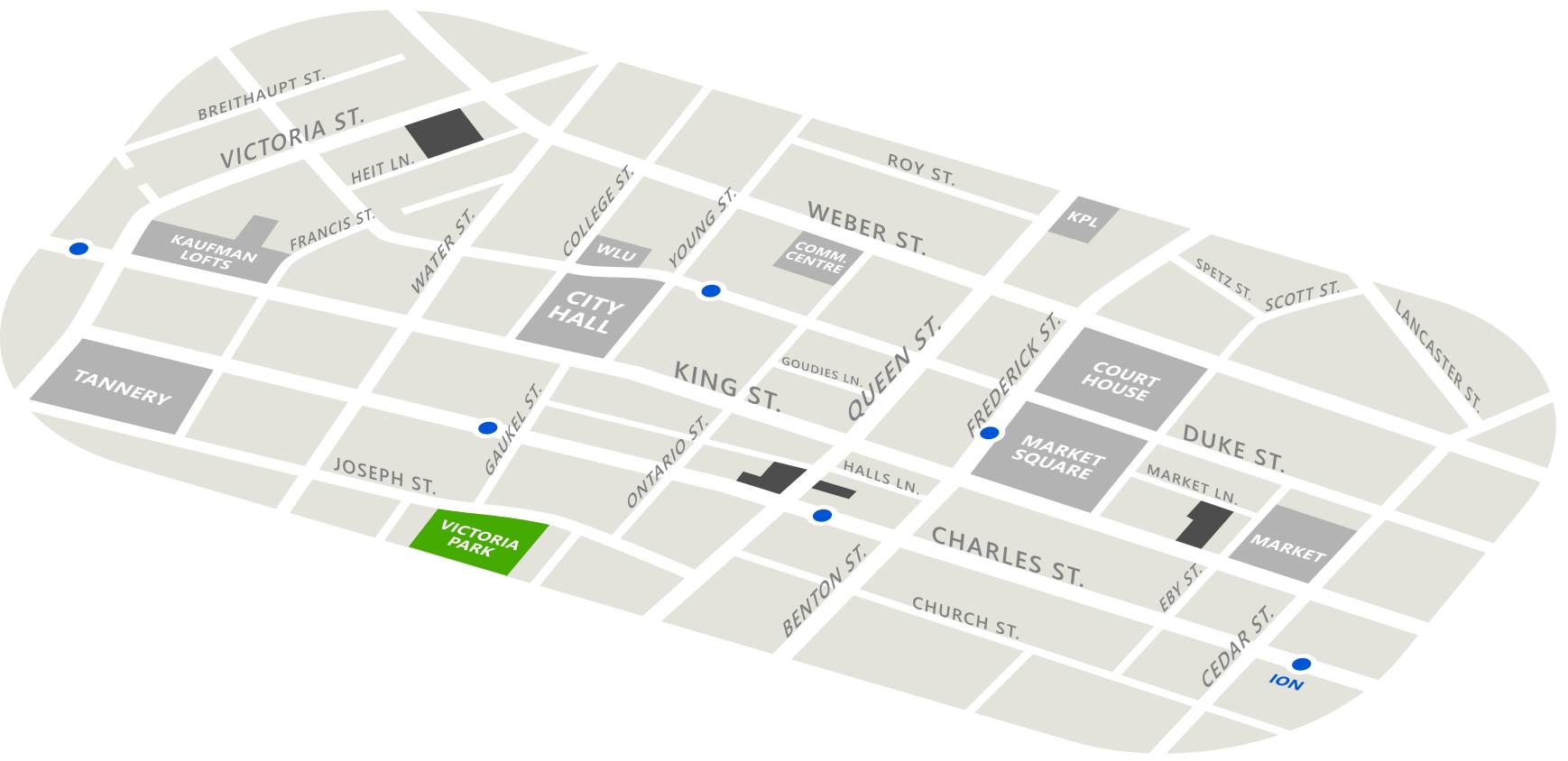How an Inhospitable Labour Market Increases Homelessness
Canadians are asking why the number of unhoused people has grown steadily over the past ten years. In Waterloo Region alone, there are over 2371 people are unhoused.
It is widely agreed that the homelessness crisis is the result of poor housing planning. The supply of housing has not kept up with demand, causing rising housing prices. At the same time, housing became coveted as a commodity, which has added to inflated housing costs.
